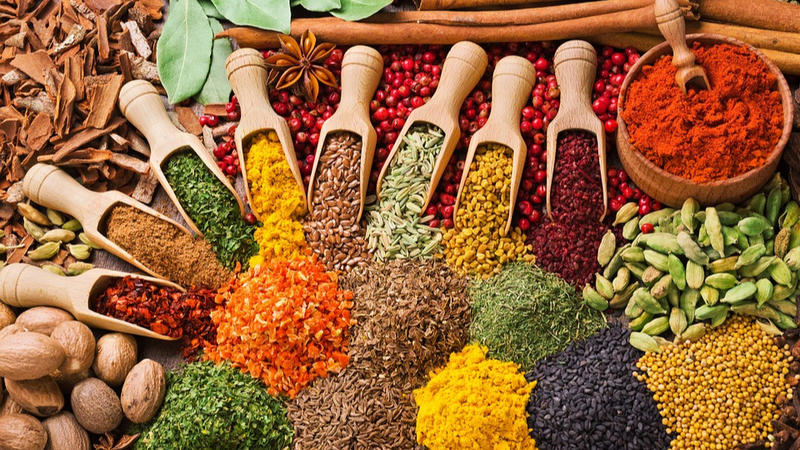Published 13:41 IST, August 19th 2024
12% of Indian spices fail FSSAI standards as global markets increase scrutiny: Report
FSSAI tested 4,054 spice samples following Hong Kong's suspension of certain MDH and Everest blends due to high pesticide levels.

Spice quality concerns: Nearly 12 per cent of the spice samples tested in India, the world’s largest producer, consumer, and exporter of spices, did not meet quality and safety standards, according to a Reuters report based on data from the Food Safety and Standards Authority of India (FSSAI).
Out of 4,054 spice samples analysed by the FSSAI between May and early July, 474 failed to comply with established quality and safety parameters.
Why did the FSSAI conduct extensive spice testing?
The FSSAI initiated rigorous inspections, sampling, and testing of spice blends after Hong Kong suspended the sale of certain MDH and Everest brand blends in April due to elevated pesticide levels.
Both MDH and Everest have maintained that their products are safe for consumption. However, the UK has subsequently tightened controls on all spice imports from India, with New Zealand, the US, and Australia also examining related concerns.
MDH and Everest are among India's most popular spice brands, with significant sales in Europe, Asia, and North America.
India’s domestic spice market was valued at $10.44 billion in 2022, with exports reaching a record $4.46 billion in the 2023-24 financial year.
The FSSAI informed Reuters that while it does not have brand-specific data for the tested spices, it is taking necessary action against the companies involved.
(With Reuters Inputs)
Updated 13:41 IST, August 19th 2024